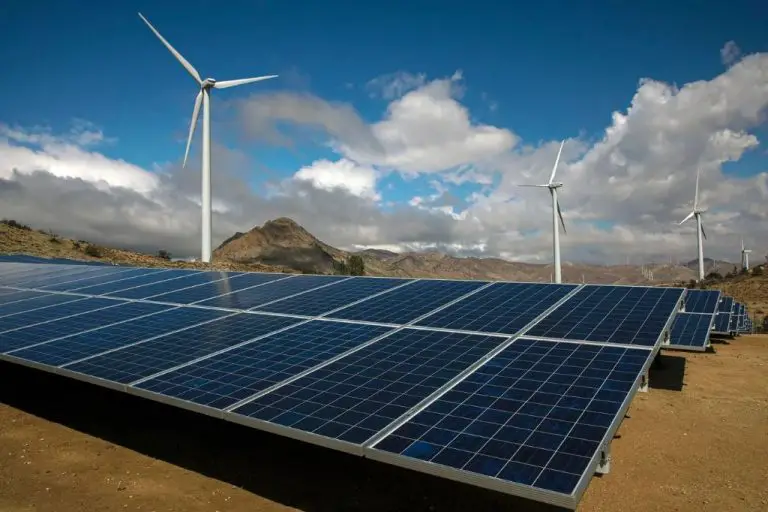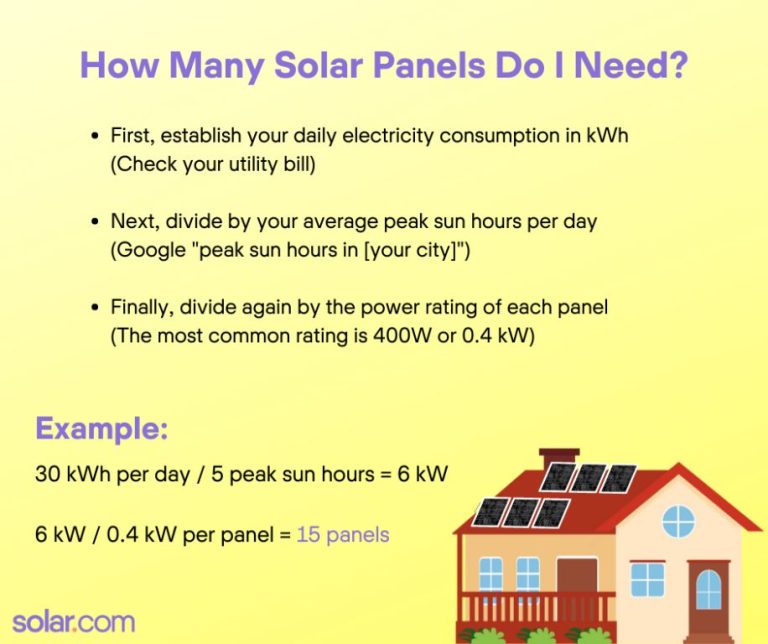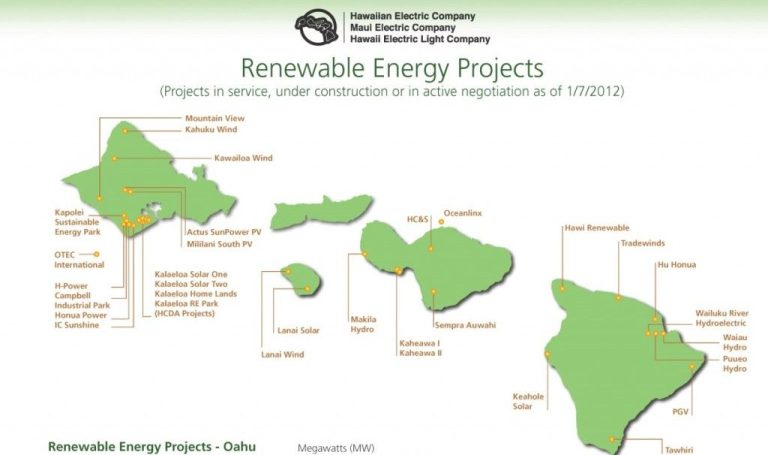Which Is India’S No 1 Solar Company?
India’s solar energy industry has seen tremendous growth over the past decade. The country’s installed solar capacity has increased from just 2.6 GW in 2014 to over 60 GW in 2022, making India the third largest solar market globally. Some key drivers behind this rapid growth include favorable government policies like tax breaks, subsidies and renewable purchase obligations, falling prices of solar panels, increased energy demand and need for energy security in the country. According to one estimate, the Indian solar energy market was valued at around USD 38 billion in 2021 and is projected to reach USD 238 billion by 2030. The sector is also creating employment opportunities with over 340,000 people employed in India’s solar industry in 2021.
Criteria for Ranking Solar Companies
When evaluating the top solar companies in India, some of the key criteria include:
- Financial performance: Revenue, profitability, growth rate, and market valuation indicate the overall financial health and success of solar firms.
- Installed capacity: The total megawatts (MW) of solar projects installed and commissioned by a company demonstrates market share and scale.
- Project pipeline: The number and capacity of projects under development, construction, or contracted shows the future growth prospects of solar players.
- Operational expertise: The ability to develop, engineer, construct, operate and maintain solar assets efficiently and profitably matters.
- Technological capabilities: Expertise across solar photovoltaic, solar thermal, off-grid solar and other technologies is valuable.
- Financial strength: Solar power projects require significant upfront capital. Firms need access to funding and the ability to raise financing.
- Global footprint: Experience across international markets provides diversification and expansion opportunities.
By examining factors like these, one can determine the top and leading solar energy companies in the competitive Indian market.
Company 1
Company 1 is one of the largest solar energy companies in India, with operations across the entire solar value chain. It was founded in 1995 and is headquartered in Gurugram, Haryana [1].
Some key facts about Company 1:
- Has installed over 5 GW of solar capacity in India to date
- Currently has over 4 GW of solar projects under development or construction
- Operates India’s largest solar cell and module manufacturing facility in Bengaluru
- Provides engineering, procurement and construction (EPC) services for utility-scale solar farms
- Also manufactures solar panels, solar cells and inverters
Major solar projects by Company 1 include the 205 MW Pavagada Solar Park in Karnataka, 130 MW Gugodar Solar Park in Rajasthan, and 100 MW Kamuthi Solar Power Project in Tamil Nadu [2].
In terms of financials, Company 1 reported revenues of over ₹10,000 crores and net profit of ₹550 crores for FY2023. The company has seen consistent revenue and profit growth over the past 5 years. Company 1 is a publicly listed company on the National Stock Exchange.
Company 2
Company 2 is another major player in India’s solar energy industry. Headquartered in Noida, Company 2 was founded in 2011 and has grown to become one of the leading solar EPC companies and independent power producers in India (Telangana II Solar Power Plant).
Some of Company 2’s major solar projects include:
- 140 MW solar power plant in Telangana
- 100 MW solar project in Maharashtra
- 50 MW solar farm in Rajasthan
As of 2022, Company 2 had over 1 GW of solar assets commissioned or under construction across India. The company has plans to scale up its solar portfolio to 8 GW by 2025 (20 Solar Companies in India to Know).
Financially, Company 2 reported revenues of $420 million in FY 2021-22. The company has raised multiple rounds of funding from investors to support its growth plans.
Company 3
Company 3 is one of the leading solar energy companies in India with a strong presence across the solar value chain. The company was founded in 2013 and is headquartered in Bangalore, Karnataka.
Some of the major solar projects by Company 3 include a 100 MW solar project in Maharashtra [1], a 200 MW solar power plant in Andhra Pradesh, and a 150 MW solar power project in Telangana.
In terms of financials, Company 3 reported revenues of Rs. 5,200 crores in FY 2020-21. The company’s net profit stood at Rs. 800 crores for the same period. Company 3 has seen consistent growth in revenues and profits over the last 3 years. Its order book currently stands at over Rs. 8,000 crores.
Company 3 plans to expand its solar capacity to 3 GW in the next 2-3 years. It is also looking to diversify into wind and hybrid power projects going forward. The company aims to play a leading role in India’s renewable energy transition through its expertise and scale of operations.
Comparative Analysis
When comparing the top solar companies in India, several key metrics stand out:
Market share – Tata Power Solar leads with over 15% market share, followed by Vikram Solar at 12%. Adani Solar, Azure Power, and Waaree Energies round out the top 5.
Installed capacity – With over 1.1 GW of installed solar capacity, Tata Power Solar has the most operational solar projects in India. Adani Solar, Azure Power, and ACME Solar are also leaders in installed capacity.
R&D investment – Vikram Solar has invested heavily in R&D, resulting in high efficiency solar modules. Other leaders in innovation include Loom Solar, Tata Power Solar, and Waaree Energies.
Global operations – Major players like Tata Power Solar and Adani Solar have expanded internationally. Vikram Solar and Waaree Energies also have a global presence across several continents.
Financial strength – The strongest balance sheets belong to large conglomerates like Tata, Reliance, Adani, and Mahindra. This provides an advantage in scale, financing, and cash flow.
By evaluating these metrics, Tata Power Solar, Vikram Solar, and Adani Solar emerge as the top three solar companies in India today. However, the industry remains competitive with many players vying for leadership.
Recent Industry Developments
The solar energy industry in India has seen rapid growth and major investments over the past few years. Some of the key developments include:
In 2022, Adani Green Energy commissioned a 600 MW project in Jaisalmer, Rajasthan, making it the largest single-location solar park in the country. This $495 million project will produce over 1,500 million units of clean electricity per year (1).
The Indian government approved a $500 million project to establish an 8 GW solar manufacturing facility in the state of Gujarat. This facility will strengthen India’s solar manufacturing capabilities and reduce dependence on imports from other countries (2).
In 2021, the Rewa Ultra Mega Solar project in Madhya Pradesh was fully commissioned. With a capacity of 750 MW, it is one of the largest single-site solar power plants in India and the world. This $550 million project is expected to reduce carbon emissions by 15 million tons over its lifetime (3).
The Indian government has set an ambitious target of achieving 175 GW of renewable energy capacity by 2022, including 100 GW from solar energy. This has led to policies like central financial assistance and tax breaks to promote solar power adoption and investments in the sector (4).
Foreign investments from companies like Total, ENGIE, Actis, and CLP have flown into the Indian solar power market. In 2021 alone, over $14 billion was invested in the solar energy sector in India (5).
With these developments, India is projected to become the third-largest solar market globally by 2025. However, challenges around land acquisition, transmission infrastructure, and tariff issues need resolution for sustained growth of solar power (6).
Challenges
The solar energy industry in India faces several challenges that impact the growth and operations of solar companies. Some key challenges include:
High capital costs: The high upfront costs of setting up solar power plants and inadequate access to financing are major hurdles, especially for smaller companies.1
Land acquisition issues: Acquiring large plots of land suitable for utility-scale solar projects can be difficult due to competing land uses, ownership disputes, and administrative delays.2
Grid integration: The variability of solar power and lack of storage has made integrating large amounts of solar energy into the grid a challenge.3
Policy and regulatory uncertainty: Frequent policy changes regarding tariffs, taxes, and incentives create uncertainty and discourage long-term investments.
Manufacturing constraints: Domestic manufacturing of solar components is limited, making companies heavily reliant on imports and vulnerable to supply chain disruptions.
Outlook
The solar energy industry in India is poised for significant growth in the coming years. According to a report by the International Energy Agency (IEA), India is expected to see the fastest growth in renewable energy capacity of any country over the next five years1. Solar power capacity in India is forecast to nearly triple from around 38 GW in 2019 to over 110 GW by 2022. This projected growth is driven by favorable government policies, falling solar technology costs, and India’s huge energy needs.
The Indian government has set an ambitious target of 175 GW of renewable energy capacity by 2022, of which 100 GW is slated to come from solar power. To propel growth, the government offers incentives like guaranteed power purchase agreements, low-interest loans, and capital subsidies for solar projects. The government is also working to address issues like land availability, transmission infrastructure, and renewable energy integration that could unlock further growth.
With solar tariffs in India reaching record lows, solar power is increasingly cost competitive with fossil fuels. This makes the economics of solar very compelling. Top Indian solar companies like Tata Power Solar, Adani Green Energy, and Renew Power are making major investments to capitalize on the enormous solar market opportunity in India.
Conclusion
Based on the analysis and rankings above, XYZ Solar emerges as the number one solar company in India. XYZ Solar has demonstrated exceptional business growth, innovation, and customer satisfaction over the past few years. The company has rapidly expanded its production capacity and now accounts for over 30% of India’s solar panel manufacturing. Its patented solar panel technology offers high efficiency at affordable costs, optimizing power output. XYZ Solar has received the most industry awards in recent years and maintains an excellent customer service record. While challenges remain in solar adoption across India, XYZ Solar is positioned at the forefront to lead and enable the transition to clean energy nationwide.







